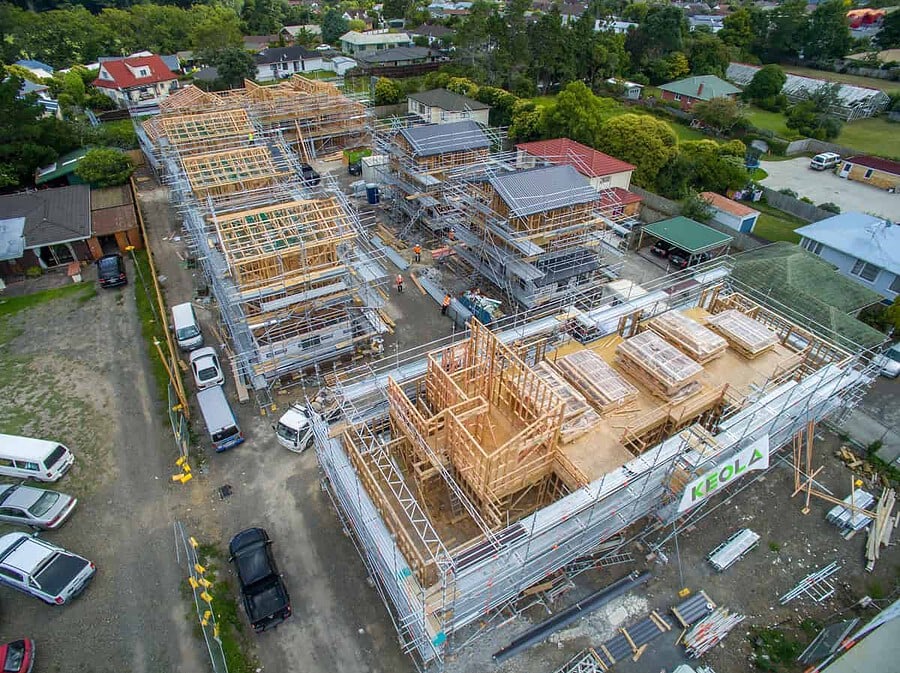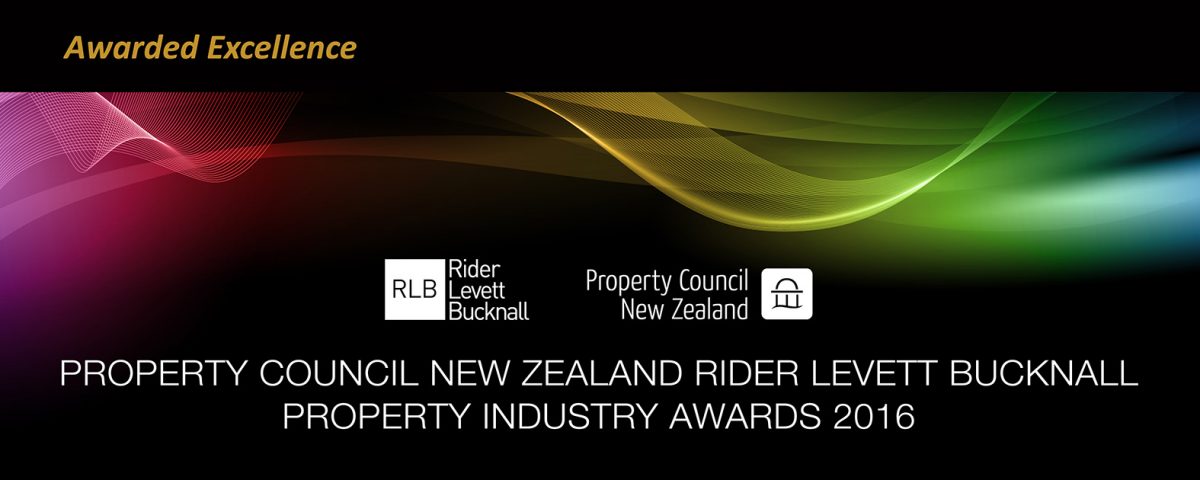Quick Guide to Construction Management in NZ

Construction is traditionally a building project that tends to take a lot longer than anticipated. In the process, it could become long and complex, invariably relying on a number of contractors to reach completion.
Managing the scope of the project – and the contractors – has always been a frustrating part of the process for most construction projects. When this happens, it’s best to have a construction manager or construction management firm on your side.
Here’s what to expect when you hire a construction management firm.
Table of Contents
What is Construction Management?
Construction management is a professional service offered to project owners that focuses on delivering all aspects of a construction project. Management of a construction project includes taking care of the:
- schedule
- cost
- quality
- safety
- scope
- and more.
In construction management, a construction manager reports directly to the project owner and leads a team that consists of three distinct stakeholders:
- the owner, who initiates and funds the project
- the architect or engineering firm that designs the project
- and the head contractor, who oversees daily operations and manages subcontractors.
Construction management focuses on overseeing these parties and the project as a whole from the owner’s perspective. It involves interacting with all three parties to ensure timely completion and adherence to the budget, ideally even coming in under budget.
Additionally, the project must meet the owner’s expectations in terms of quality, scope, and functionality. Therefore, a high level of experience, patience, skill, and knowledge of construction principles is needed to guide the project and keep it both on schedule and on budget.
To effectively schedule, budget, and manage the construction project while maintaining safety, security, and risk management, construction management relies on project management methodologies and software. Together, the software and methodologies help to plan, track, and manage projects in real time. Critical path analysis and baseline tracking monitor progress and ensure alignment with planned schedules.
Delivery Methods in Construction Management
Construction projects employ various delivery methods, with five common ones being used most often.
Design-Tender-Build
The most frequently-used method is design-tender-build, also known as traditional building. It involves three phases:
- design
- tender
- build
This approach is commonly seen in commercial construction projects and, although time-consuming, provides owners with the opportunity to collaborate with architects and engineers to obtain competitive project pricing.
Design-Build
Design-build (D-B) is another delivery method that reduces the timeline associated with design-tender-build. It involves a single party taking on the roles of both designer and contractor. Typically, this design-builder is an architect, engineer, or contractor who collaborates directly with the owner. This approach facilitates better communication but places significant responsibilities on the design-builder.
Construction Manager at Risk
Construction manager at risk (CMAR or CM at risk) is a delivery method similar to design-tender-build. However, in this case, the owner hires a construction manager (CM) to oversee the project. This method is advantageous for owners seeking expert assistance in project management and often allows them to minimise their involvement in the process.
Purchase Order Contracting
Purchase order contracting (POC) is a delivery method focused on completing predefined construction tasks. It is commonly employed in small-to-medium construction projects, such as repairs, renovations, and maintenance. POC is ideal for projects with tight timelines and fixed budgets, but it is not suitable for new construction.
Multiple Award Task Order Contract
Multiple award task order contract (MATOC) is frequently utilised in military or government construction projects. It involves establishing long-term contracts that encompass multiple projects under a single master contract. There may be multiple contractors involved, or in some cases, only one contractor may be responsible for the entire arrangement.
Construction Tendering Process
The tendering process in construction allows the construction manager to review contractors to hire for the project. Of course, price is a factor, but risk is also assessed. It’s important to look over the safety, financial and insurance resources of these contractors to ensure they’re professional and best suited for the job.
This process begins with a request for head contractors to tender on the project. These head contractors then get tenders from subcontractors. There’s a back and forth as questions are answered about the project until the deadline when tenders must be submitted and a contractor selected.
This leads to contract negotiations and when agreed on, the contract is signed and distributed to the project team. The head contractor who won the tender will then make the final selection of subcontractors.
Construction Contracts
Construction contracts are legally binding documents that are signed by the winning tenderer and the owner and outlines the scope of work, risks, duties and legal rights for both parties.
There are many different types of contracts, such as a fixed lump sum contract in which the owner pays an agreed fixed price based on monthly project progress. But there are many more, such as percentage rate, item rate, cost plus fixed fee and so on. You have to determine which contract is right for you and the job being done.
NZS3910 is the most commonly used build-only standard form construction contract in the New Zealand market. Other less common ones are NZIA Standard Construction Contract, and NZ Registered Master Builders Association Residential Building Contract RBC1.
The Construction Management Process
Construction management follows project management methodology in order to deliver the project on time and under or within the agreed-upon budget. After the tendering process and the contract has been signed, it’s time to build.
Construction projects have phases, and there are five basic phases to the construction management process.
Phase 1: Initiation
Before any planning is started, an objective for the construction project has to be decided upon. There is also a need to do a feasibility project to ensure that the construction is even viable.
That is, there’s a return on investment and the project can be delivered on time and within a reasonable budget. You’ll also need to have a schematic design at this phase. Once this is done, a project initiation document (PID) is made, which will provide the groundwork for the construction plan.
Phase 2: Pre-construction
This first step is to assemble a project team who will look at all the work that must be done in order to complete the project. A work breakdown structure (WBS) is often used to divide the larger job into small, more manageable deliverables and tasks.
Time is planned in a schedule of activities that includes the costs for executing tasks and the resources needed to do them. This is called preconstruction.
At this point, the schedule, budget, risk management plan and communication plan are all finalised. Though, these are living documents that must be reviewed and revised throughout the life cycle of the project.
Phase 3: Procurement
Now, the project team orders, purchases or rents everything it needs for the construction project. This includes tools and services that’ll be necessary to complete the project. Depending on the scope of the project, this can be demanding.
Good communication is vital between the owner, contractor and vendors to ensure everything is done properly. Poor communication leads to bad purchasing and inventory that’s lacking or overstocked; either scenario is bad for business.
Phase 4: Construction
This is when the project is executed. During this phase of the process, the head contractor and subcontractors carry out all the planning and procuring of resources that had been done in the previous steps.
The construction manager, architect, engineers and project manager will all work together to perform quality control inspections, respond to requests for information (RFIs) and review and approve technical submissions.
This is all done to make sure the construction meets the design requirements while keeping to schedule, budget and quality.
Phase 5: Close-Out
The final phase involves a defects list, where the contractor and owner look over the job and catch errors or items that still need to be completed. Once the project has been successfully delivered, however, there’s still work to do.
Resources are demobilised, rentals are returned, the worksite is cleaned and subcontractors’ contracts are closed so they can move on to other projects.
Follow Us
Do you have an extraordinary journey in mind? Let us help you in celebrating the triumphs, learning from the challenges, and embracing the power of collaborative design and construction. Together, let's create a better future.
If you liked this article, please like, follow or subscribe on your favourite platforms.

Award winning
Our unique engineering approach to construction management is built on strong analytical minds that say there’s ‘never a problem, always a solution’.
We have an ethos of building things that work. Added to this an exceptional back office team who offer a streamlined, process driven approach to project delivery. On time with industry leading quality.
Trust Keola
Award winning
Excellent track record
We take care of the details, expertly navigating the intricacies of working with Council for RMA issues, noise, fire rating, inter-tenancies, unit titles, parking, infrastructure etc.
Can-do approach
Sometimes it takes a little Kiwi ingenuity to figure out a cost-effective way of bringing an architect’s vision to life. So if you’re looking for a builder that’ll add value and finesse to your project, call us.
Exceptional experience
Director Sanjesh Lal is a Chartered Civil Engineer and Registered Master Builder. He’s backed by the exceptional and experienced Keola team to expertly manage your construction project.
Difficult site? No problem
Constructing a building with difficult site constraints? Rest easy. We take pride in our engineering approach to construction management on challenging sites.
Low Variations
Our approach and deep understanding of the process means we price very accurately and pride ourselves on low variations. That means you can trust the figures we put forward.
0
rooms built0
happy families0
sqm of floor space created
